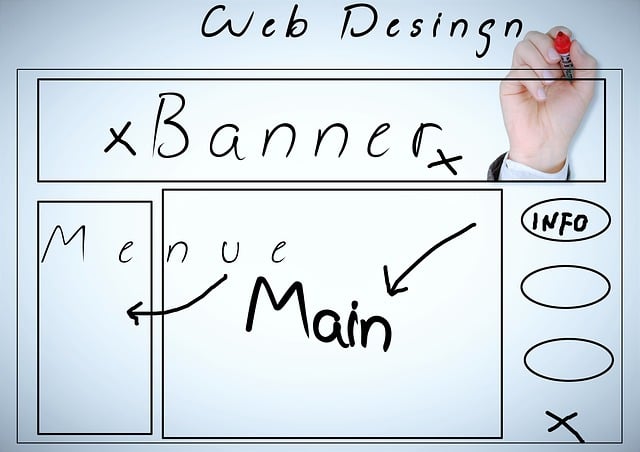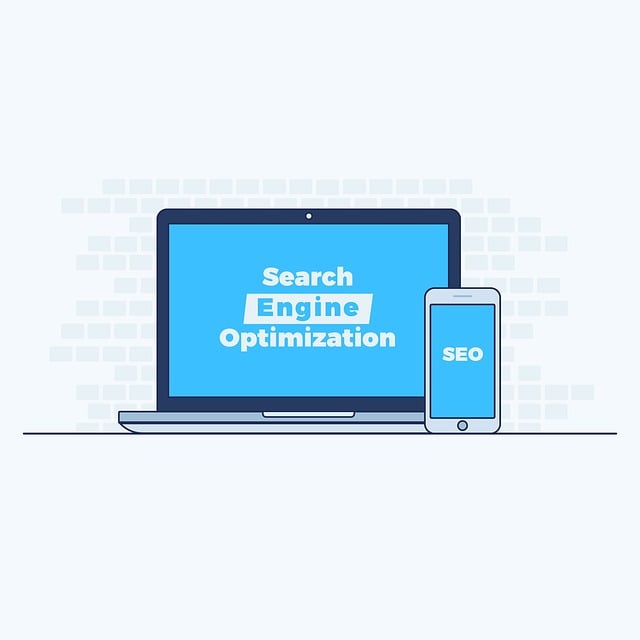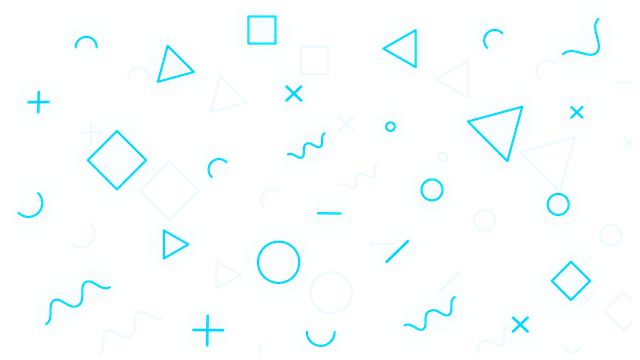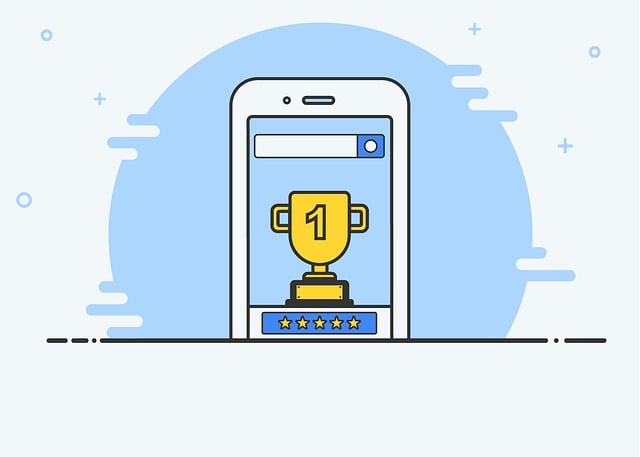Coding Website Design: Launch Your Project Seamlessly

After finalizing design, website design services transform vision into functional online platforms……..
In an era dominated by digital connectivity, web design stands as a cornerstone of our online experience. It is the art and science of creating websites that are not only visually appealing but also functional, user-friendly, and aligned with business objectives. This article delves into the multifaceted world of web design, exploring its historical roots, global impact, economic significance, technological advancements, regulatory landscape, challenges, and future prospects. By the end, readers will gain a profound understanding of this dynamic field and its role in shaping our digital interactions.
Definition: Web design encompasses the process of conceptualizing, designing, and creating websites that are both aesthetically pleasing and highly functional. It involves a holistic approach, integrating elements of graphic design, user experience (UX) design, user interface (UI) design, and search engine optimization (SEO) to deliver exceptional digital experiences.
Core Components:
Visual Design: This includes color schemes, typography, imagery, and overall layout, ensuring the website is visually attractive and aligns with brand identity.
User Experience (UX) Design: Focusing on the usability, accessibility, and pleasure derived from interacting with a website, UX design aims to create seamless user journeys.
User Interface (UI) Design: Involving the design of interactive elements on a website, UI design ensures that users can easily interact with the site’s features and functionality.
Content Creation: Crafting compelling and optimized content that engages users and aligns with search engine algorithms is crucial for effective web design.
Technical Implementation: Developers translate the design into functional code, using languages like HTML, CSS, JavaScript, and various frameworks to build dynamic websites.
Historical Context:
The origins of web design can be traced back to the early days of the World Wide Web in the 1990s. Initially, websites were primarily text-heavy, with basic HTML and minimal styling. As the web evolved, designers began experimenting with CSS (Cascading Style Sheets) for better visual presentation. The late 1990s and early 2000s saw a surge in dynamic, interactive websites powered by JavaScript.
With the proliferation of mobile devices, responsive design emerged as a critical aspect of web design, ensuring websites adapt seamlessly to different screen sizes. Modern web design now incorporates advanced technologies like HTML5, CSS3, and JavaScript frameworks, enabling developers to create intricate, interactive user interfaces.
Web design has transcended geographical boundaries, influencing businesses and users worldwide. Its impact is evident across diverse regions, each adopting and adapting design principles to suit local cultures and markets.
Key Global Trends:
Mobile First Approach: With mobile internet usage surpassing desktop, designers prioritize mobile-optimized websites, ensuring a consistent user experience across devices.
Minimalist Design: Simple, clean layouts with minimal elements are gaining popularity, emphasizing content and usability over intricate designs.
Personalization: Customizing website experiences based on user preferences and behavior is a growing trend, enhancing engagement and satisfaction.
Dark Mode: Many websites now offer dark mode options to reduce eye strain and provide an aesthetically pleasing alternative to bright interfaces.
Voice User Interfaces (VUIs): As voice assistants become more prevalent, web design is evolving to incorporate conversational interfaces, making interactions more natural.
Regional Variations:
North America: Known for its innovative tech hub cities like Silicon Valley, North American web design often showcases cutting-edge technologies and bold aesthetics.
Europe: European designs tend to prioritize simplicity, accessibility, and data privacy, reflecting the region’s strong emphasis on consumer protection.
Asia: Asian websites often feature clean, minimalist designs with a focus on content readability, reflecting cultural preferences for simplicity and clarity.
Latin America: Here, web design may incorporate vibrant colors and dynamic animations to capture local cultures and engage diverse user groups.
Web design plays a pivotal role in the global digital economy, impacting various sectors and influencing economic growth.
Market Dynamics:
Freelance Web Design Market: According to Statista, the global freelance web design market size was valued at $14.3 billion in 2021 and is projected to grow at a CAGR of 15.6% from 2022 to 2027.
Enterprise Investment: Major corporations invest heavily in web design, with an average website redesign costing between $10,000 and $40,000, depending on complexity.
Investment Patterns:
Startup Focus: Early-stage startups often prioritize minimal, yet functional websites to launch their products quickly, focusing on user feedback for future iterations.
E-commerce Growth: The rise of e-commerce has led to a surge in demand for robust, feature-rich online stores, driving investment in web design and development.
Role in Economic Systems:
Web design contributes to economic growth by:
Facilitating E-commerce: Well-designed websites enable businesses to sell products and services online, expanding their customer base and market reach.
Boosting Brand Awareness: Effective web design enhances brand identity, helping companies build strong online presences and foster customer loyalty.
Driving Tourism: Beautifully designed travel websites and apps inspire users to explore new destinations, contributing to the tourism industry.
Technological innovations continue to shape and redefine web design, opening up new possibilities for designers and developers.
Significant Advancements:
Artificial Intelligence (AI): AI-powered tools assist in tasks like image recognition, content generation, and personalized user recommendations, streamlining design processes.
Augmented Reality (AR) and Virtual Reality (VR): These technologies enable immersive experiences, from virtual showroom tours to augmented product visualizations on e-commerce sites.
Progressive Web Apps (PWAs): PWAs offer a hybrid between web and native apps, providing fast, reliable, and engaging user experiences with offline capabilities.
Web Components: A set of standards that allow developers to create reusable UI components, promoting efficiency and consistency in web design.
Serverless Architecture: This approach allows designers to focus more on functionality and less on server management, simplifying development processes.
Let’s consider a hypothetical case of a tech startup, “EcoTech,” that decided to redesign its website.
Initial Website (2018):
Redesign (2021):
While web design offers immense opportunities, it also presents several challenges and ethical dilemmas that designers must navigate.
Common Challenges:
Accessibility: Ensuring websites are accessible to users with disabilities is crucial but often overlooked. Web designers must adhere to WCAG (Web Content Accessibility Guidelines) to make their creations inclusive.
Mobile Optimization: With diverse mobile devices and screen sizes, achieving a perfect mobile experience can be challenging.
SEO Complexity: Optimizing websites for search engines involves intricate strategies, requiring ongoing effort to maintain high rankings.
Ethical Considerations:
Data Privacy: Designers must respect user privacy, especially with the implementation of GDPR (General Data Protection Regulation) and CCPA (California Consumer Privacy Act).
Content Misinformation: Presenting information honestly and avoiding the spread of fake news or misleading content is an ethical responsibility.
Copyright and Plagiarism: Properly attributing and licensing design elements, code snippets, and assets is essential to avoid legal issues.
Web design is a dynamic and creative field that continues to evolve with technological advancements and changing user expectations. Designers play a vital role in shaping the digital experiences of users worldwide. Staying informed about trends, embracing new technologies, and addressing ethical considerations will empower designers to create exceptional online experiences in the future.

After finalizing design, website design services transform vision into functional online platforms……..

UX web design transforms ideas into functional digital experiences. Skilled developers translate des…….

Freelance web design services like Salterra transform visually appealing designs into functional, us…….

After finalizing creative web design, proper coding is vital to bring it to life. Salterra offers co…….

Seamless coding by skilled freelance web developers transforms design visions into functional, brows…….

Professional web design is key for businesses aiming to establish a strong online presence. Skilled…….

Freelance web designers and developers are key to transforming stunning website designs into functio…….